Approaching regional and world standards
Vietnamese education has a long tradition, closely linked to the history of building and defending the country. Since ancient times, the spirit of learning and respect for knowledge has become a core cultural value, passed down through many generations. In that flow, vocational education (VET) has increasingly affirmed its role as one of the main pillars in training high-quality human resources to serve socio- economic development.
In recent years, Vietnamese students have continuously achieved excellent results in international competitions in science and technology, especially Olympic competitions, affirming the capacity and position of Vietnamese education in the global knowledge arena. However, in the context of the 4.0 industrial revolution and the strong trend of digital transformation, the vocational education system needs to have comprehensive changes to approach regional and world standards.
This is also an important orientation identified in the Government's Vocational Education Development Strategy for the 2021-2030 period, with a vision to 2045, with the goal of forming a number of vocational training institutions that meet ASEAN and international standards, capable of training high-quality human resources to meet integration requirements.
According to Master Pham Duc Binh - Vice Principal of Lao Cai College, in order to develop vocational education to meet regional and world standards, Vietnam needs to "approach and gradually apply the standards of the advanced vocational education system to domestic activities". He emphasized: "Vocational education institutions must realize that this transformation comes from the objective practical requirements of the times, and there needs to be a clear and synchronous strategy in terms of the legal system, ensuring scientific, practical and feasible nature."

Human resources are the key factor
According to Mr. Binh, to develop vocational training facilities to reach regional and international standards, human resources are the core factor, accounting for 60-70% of the school's competitiveness. Three important groups of human resources include: Management staff; Teaching staff; and technical experts.
In particular, managers need to have strategic vision, modern management capacity, in-depth understanding of regional and international TVET (Technical and Vocational Education and Training) models, especially quality management skills, business relations, finance, international cooperation and the ability to flexibly adapt to change.
Regional and international vocational education values transparency, efficiency and sustainability in school governance. Therefore, the management staff needs to be well-trained according to international standards such as: AUN-QA (ASEAN University Network), ABET (American Engineering Accreditation Board), ASQA (Australian Skills Quality Assurance Agency), or EOMS (International Education Organization Management System). These are models that have proven effective in assessing training quality and connecting schools with the labor market.
In addition, the teaching staff plays a central role in transforming vocational competencies for learners. UNESCO's study (2022) on "Skills for green and digital transformation" affirms that vocational education teachers are the decisive factor in helping learners transform green and digital competencies into specific vocational competencies. Meanwhile, the ILO Report (2023) indicates that in the period 2025-2030, 70% of new occupations require basic digital skills and 40% require green skills. Therefore, teachers must be continuously trained in expertise, professionalism, digital competencies and creative thinking.
Synchronous investment in facilities
Along with human resources, facilities are also a key factor to improve the quality of vocational training. Vocational training facilities need to be planned in a green - smart - flexible direction, with enough functional areas such as: Training area, open practice area (open lab); Innovation area and auxiliary works.
Training equipment needs to be invested in accordance with ASEAN key occupational standards or international standards of G20 countries, ensuring modernity, synchronization and compatibility with the production line of enterprises. In addition to basic equipment, schools need to boldly apply digital simulation equipment, virtual reality (VR/AR) so that learners can have early access to modern technology, shortening the gap between learning and practice.
The “Learning Factory” model has been applied by many countries such as Korea and Singapore, helping learners to be trained and participate in experimental production, creating practical value. This is the direction that Vietnam can refer to when investing in building large-scale vocational training centers in key economic regions.
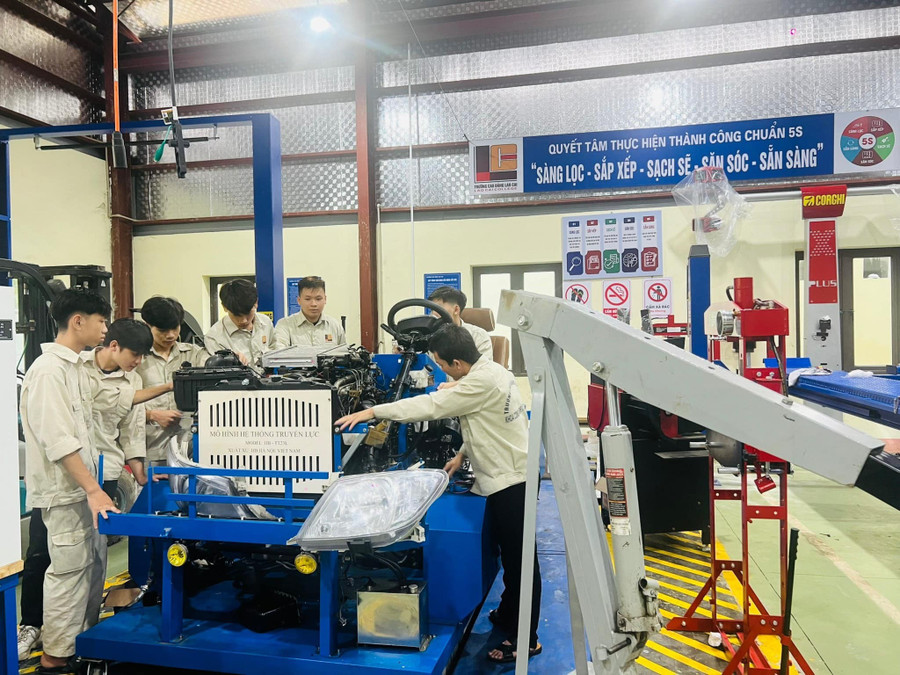
Businesses accompany schools
One of the important solutions to develop vocational education to international standards is to increase the participation of enterprises. The Law on Vocational Education and the Law on Enterprises 2020 have encouraged organizations, individuals, and enterprises to invest, teach, and transfer technology in this field.
The participation of enterprises brings many practical benefits: Increasing the connection between training programs and the actual needs of the labor market; Ensuring that learners are trained in appropriate skills; Reducing the gap between schools and enterprises; At the same time, helping enterprises proactively manage human resources, share equipment investment costs, and easily receive workers after training.
A typical example is the “dual training” model that has been successfully applied in Germany, Australia, and Singapore, where students learn theory at school and practice directly at businesses. This approach not only helps students master vocational skills but also forms industrial style and labor discipline, which the Vietnamese market is in great need of.
Although there are many advantages, for this cooperation model to be highly effective, the State needs to build a transparent legal framework, a conditional incentive mechanism and establish an independent quality control system, ensuring that businesses participate in the right direction, do not "commercialize education", and maintain training quality.
Developing vocational training institutions that meet regional and international standards is not only a requirement of the times but also the key to improving Vietnam's human resources, creating a breakthrough in labor productivity and national competitiveness. When vocational schools become centers of knowledge, creativity and innovation, Vietnam's vocational training will not only meet the requirements of integration, but also rise to affirm its position in the region and the world.
Source: https://giaoducthoidai.vn/phat-trien-co-so-giao-duc-nghe-dat-chuan-quoc-te-post755287.html



![[Photo] Opening of the 14th Conference of the 13th Party Central Committee](https://vphoto.vietnam.vn/thumb/1200x675/vietnam/resource/IMAGE/2025/11/05/1762310995216_a5-bnd-5742-5255-jpg.webp)




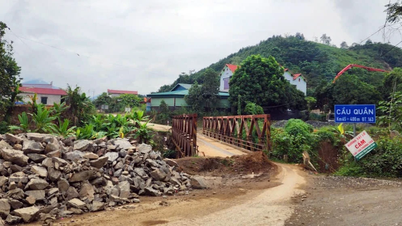



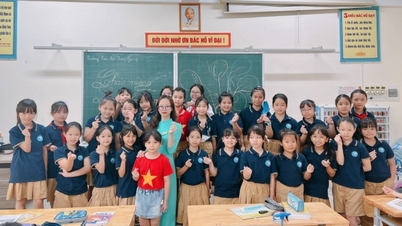


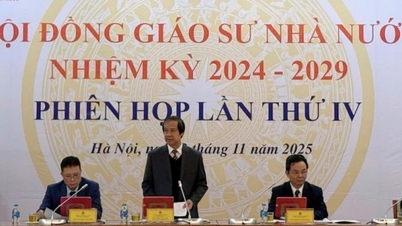




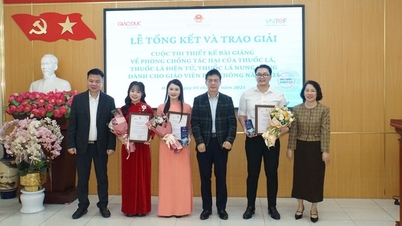

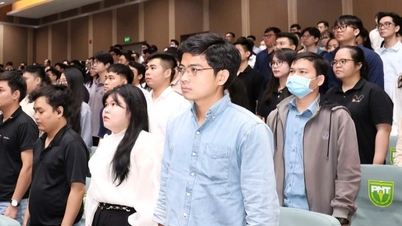

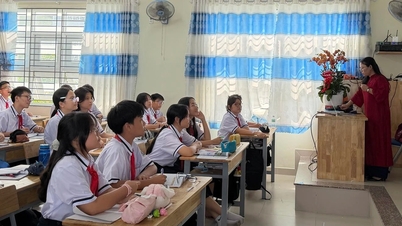









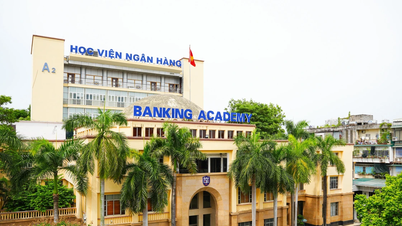


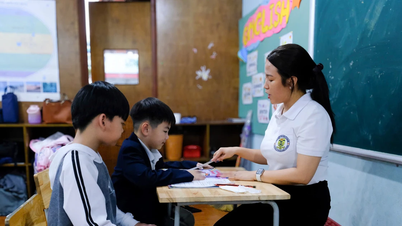
![[Photo] Panorama of the Patriotic Emulation Congress of Nhan Dan Newspaper for the period 2025-2030](https://vphoto.vietnam.vn/thumb/1200x675/vietnam/resource/IMAGE/2025/11/04/1762252775462_ndo_br_dhthiduayeuncbaond-6125-jpg.webp)


































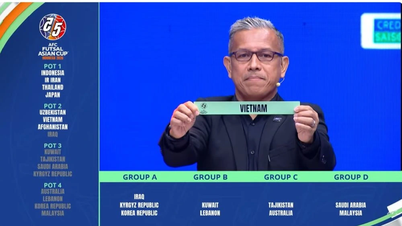







































Comment (0)